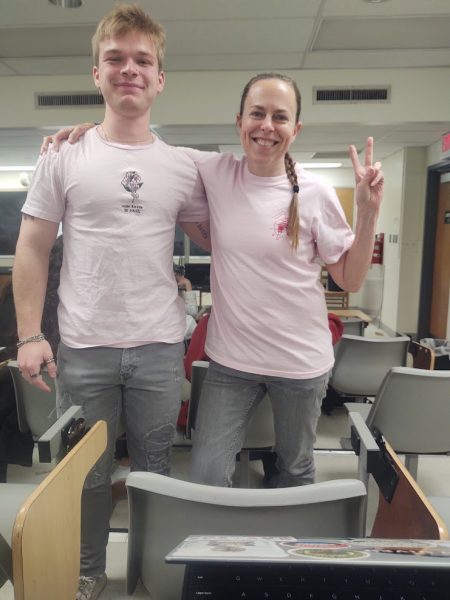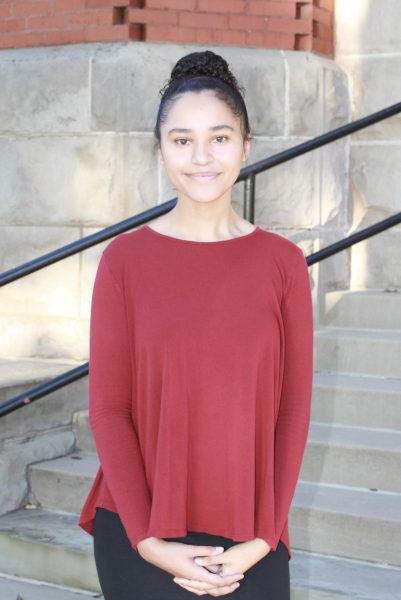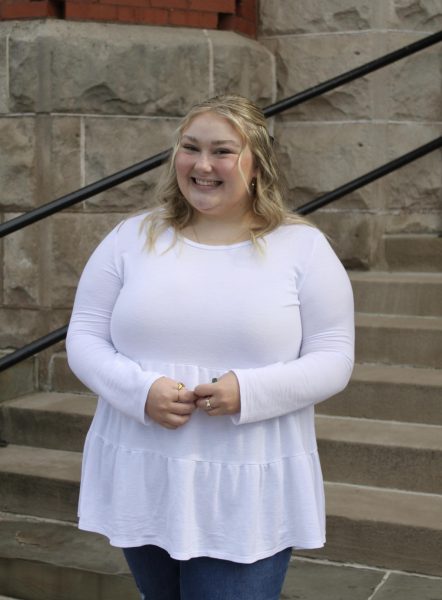EDITORIAL: What we can learn from the Covington situation
Journalism, much like technology and other forms of communication, is ever changing. Media outlets strive to be the first to break a national story, as soon as possible. This can sometimes lead to errors and incomplete reporting. Last week, we experienced this firsthand, with the case of Covington High School students and a Native American protestor. At first, we saw one of these students in a Make America Great Again hat with a smirk on his face as he was at a standstill with the Native American elder, who was playing a drum.
The first headlines of these breaking stories commented on the students’ hats and their apparent aggression toward the Native American man. This lasted for days. This was not the full story.
Later, additional videos emerged showing another chapter to this story. Members of the Hebrew Israelites were seen yelling obscene and inappropriate remarks at the Covington students. Apparently, Nathan Phillips, the Native American veteran, had tried to intervene between these two groups by playing his instrument, to try and drown out the hateful exchanges. Of course, the students were probably filled with too much adrenaline and excitement at this point and could not be calmed. From the first videos, we assumed the students were taunting Phillips. We were wrong.
Assuming is dangerous in journalism. It is better to be accurate than to be fast, this cannot be denied, but in the age of instant gratification and fast-moving social media, journalists must try and adapt the best we can. However, in the race to be first, dangerous mistakes can be made. These have the potential to lead to every journalist’s worst nightmare: being labeled as fake news. We are just trying to do our job and serve the people in ways that are successful and reach wide audiences.
We can learn much from the media frenzy surrounding the Covington situation. First, to always strive to learn the full story before hitting send on a tweet or publishing an article online, and without suggestive headlines that may be pushing an agenda. Though we may not be first to break a story, we may be the most accurate. Second, focusing, and sometimes obsessing, for days at a time on a single issue is not healthy for anyone. Page views and shares are not worth overlooking other stories that need to be told. Lastly, errors in reporting and fact checking do not equate to fake news. This is more so for non-journalists to remember.
Journalists are not perfect, we are only human, after all. But if we are to serve our public fairly and how they deserve, we must be forgiven for our previous mistakes. We cannot be constantly attacked. It is a learning experience for us all, young and old, in a field that is trying to adapt to public needs the best we can.
Your donation will help continue the work of independent student journalism at Marshall University. If you benefit from The Parthenon's free content, please consider making a donation.





